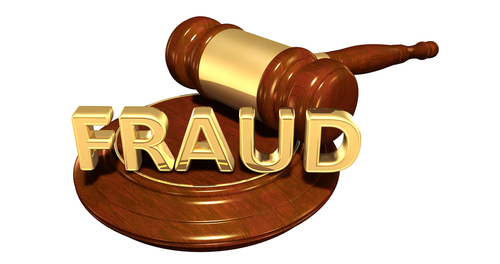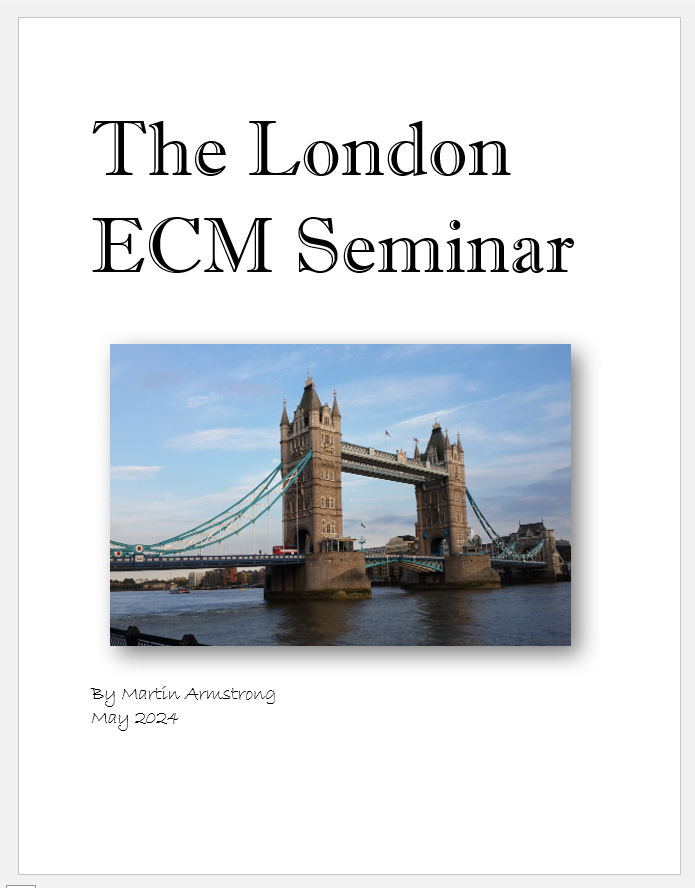The entire banking insurance schemes created during the aftermath of the Great Depression, are predicated upon an ASSUMPTION that a bank failure is a single isolated event. The contingency plan for a wide-scale banking collapse will default to a “per person” basis despite what anyone else says. I have been in meetings and that is the stated fallback position. The closest example was the S&L Crisis of the late 1980s caused by Congress raising taxes changing the tax credits for real estate which led to a sell-only market.
The S&L institutions were insured by the Federal Savings and Loan Insurance Corporation (FSLIC) which was established to provide insurance for individuals depositing funds into S&Ls. When S&L banks failed, the FSLIC was left holding a $20 billion check. They inevitably left the FSLIC corporation bankrupt. The Federal Deposit Insurance Corporation (FDIC) that oversees and ensures banking deposits today is what also comes into play. During the S&L crisis, the deposits of some 500 banks and financial institutions were backed by state-run funds. The collapse of these banks cost at least $185 million and destroyed the concept of state-run bank insurance funds since they could not cover the losses.
If we look at the fine print of the FDIC, the limit isn’t “per person, per bank,” as is sometimes stated. It’s “per depositor, per insured depository institution for each account ownership category.” So what does that actually mean? This turns on account ownership category and therefore checking, savings, and money market accounts all fall into this category. Therefore, the insurance depends upon the title of the account. Dodd-Frank raised the limit on FDIC from $100K to $250K. Therefore, the same individual can have $250,000 in each of these three types of accounts but that is considered all the same category so the individual accounts all contribute toward the same limit. The exception to this “category” would be an IRA account. There we have the risk of states trying to lobby to take those accounts to manage in order to bail out state pension funds. Therefore, you can exceed the $250,000 limit by placing a part in a spouse’s name or children’s names. Of course, that introduces other risks with divorce being as high as it is. You can create an irrevocable trust, but keep in mind that as governments become desperate for revenue, they can always change the trust laws as well. Splitting funds also into corporate accounts changes the legal status of a “depositor” to increase the limit.
However, the assumption that you are insured and will receive your money in a timely manner is dead wrong. There are countless lawsuits during the S&L Crisis by people trying to get paid. There is the Supreme Court decision of Coit Indep. Jt. Venture v. FSLIC, 489 U.S. 561 (1989) even stating that there should be some reasonable time limit that was absent in the legislation.
What government states on their websites is really immaterial. He who controls the pen controls reality. The government can change the law at any time whenever it goes against them. They can revert to the definition of income taxes which is applied to “household” income. Look at Obamacare. The IRS website clearly states that everyone in the household is responsible for everyone else. “The individual shared responsibility provision of the Affordable Care Act requires you and each member of your family to have qualifying health care coverage (called minimum essential coverage), qualify for a coverage exemption, or make an individual shared responsibility payment when you file your federal income tax return.”
Then there is the kiddie tax, which the Democrats introduced to get at the rich. On May 17, 2006, the kiddie tax was altered by the Tax Increase Prevention and Reconciliation Act designed to keep the parents’ tax rates in effect until the child turns 18. That was still not punishment enough, so they revised it again with the Small Business and Work Opportunity Tax Act of 2007. They extended the kiddie tax age limit to 19 and then made it even worse. After the child turns 19, the kiddie tax still applies to his or her investments if he or she is between ages 19 and 23 and a full-time student.
Keep in mind, under the tax code, the government does not look kindly upon trying to avoid taxes by giving assets to family members. Years ago, when I bought a house in New Jersey in 1991, I simply added my children’s names to the deed. There was no issue. When I purchased my place in Florida last year, I could not do so for they would have to pay tax on the value I was giving them. So many governments are targeting children and family members (see Canada). Australia is stalking children on their way to school to collect taxes.
When it comes to actually collecting on insurance from the FDIC, (1) you may starve to death before you get the first dime, (2) they can simply revert to the tax code and accuse you of trying to get more insurance than you are entitled to by dividing it among family members, and (3) they will no question limit it to “per depositor” which does not expressly guarantee per bank or institution. When push comes to shove, they hold all the cards, guns, and tanks as well as the courts. On a single bank failure, there is no real problem. A contagion eliminates all rules!









